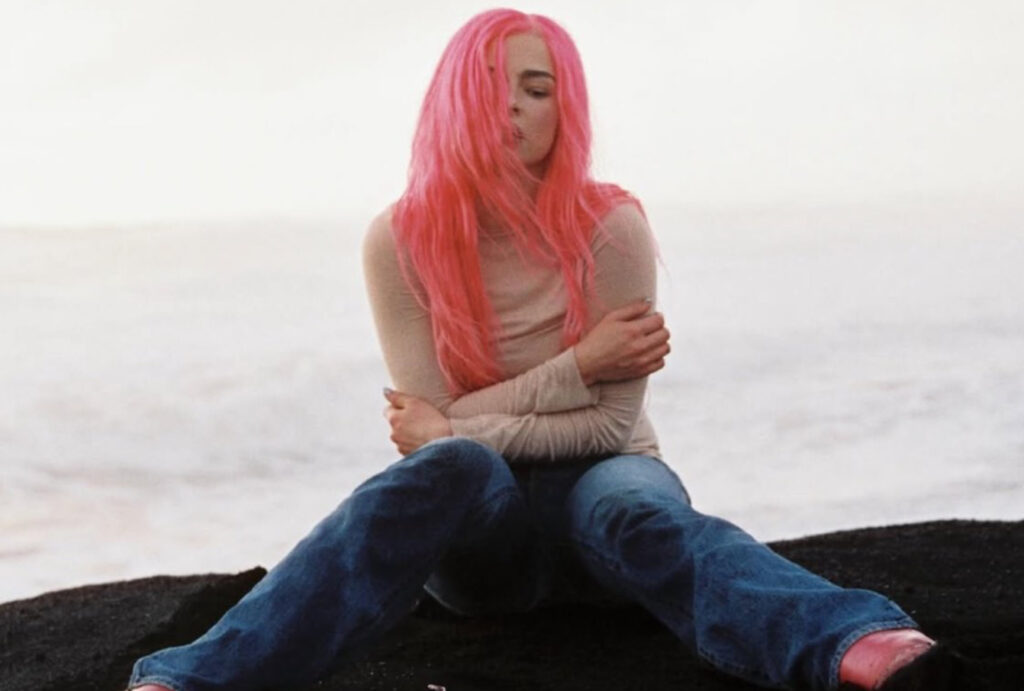Addison Rae’s emergence as a serious pop artist has been anything but linear. Known first as a TikTok personality and then as a fleeting presence in film and fashion, Rae’s foray into music initially sparked more skepticism than excitement. But her debut album, Headphones On, challenges that skepticism with sharp focus and artistic growth. It’s not just a celebrity vanity project—it’s a fully-formed pop record with real emotional depth and sonic daring.
From Internet Star to Pop Contender
Much of the disbelief surrounding Rae’s music stems from her origin. Her ascent via viral dances and influencer content seemed antithetical to the traditional pop star mold. But Rae has gradually dismantled this perception, brick by brick. Her early singles “Obsessed” and the cult-favorite leak “Nothing On (But the Radio)” hinted at musical potential, but it wasn’t until 2024’s “Diet Pepsi” that people started to take notice.
Produced with A.G. Cook, “Diet Pepsi” was a tongue-in-cheek anthem about manufactured personas and online thirst, simultaneously mocking and embracing pop’s superficiality. It was smart, sleek, and self-aware—everything Rae’s critics claimed she wasn’t.
Then came “Aquamarine,” a breezy, Parisian-tinged track that proved she could sustain that energy. A surprise performance at Coachella with experimental icon Arca under the alias “Arcamarine” gave her credibility in avant-pop circles. This unlikely co-sign set the tone for Headphones On, which further expands Rae’s sonic universe.
Album Overview
Clocking in at just under 40 minutes, Headphones On is a finely tuned mix of digital dream pop, glitchy hyperpop, and nostalgic early-2000s references. Rather than overwhelm with volume, the album seduces with subtlety. Addison Rae leans into restraint—whispery vocals, ambient soundscapes, and melodies that bloom slowly rather than burst.
The title track, “Headphones On,” is an instant standout. A gently pulsing beat underscores lyrics about emotional withdrawal: “I put my headphones on / So I don’t hear me cry.” It’s a modern take on escapism through tech—something deeply familiar to Rae’s digitally native audience.
Other highlights include “Cherry Cola Heart,” a hyper-glossy synth-pop banger laced with irony and longing. The sugary aesthetic is undercut by lyrics about emotional emptiness, a trick Rae uses throughout the album: making sweet things feel just a little bitter.
“Locket (You Lost It)” slows things down, using minimal production and acoustic touches to mourn a lost friendship rather than a romantic partner. “Offline,” meanwhile, critiques constant connectivity with sonic references to push notifications and static. It’s as catchy as it is clever.
Perhaps the boldest track is “Rainbow Crash” featuring Arca. Drenched in distortion and unpredictable glitch patterns, it’s the album’s most sonically aggressive moment, yet Rae never feels out of place. She holds her own amid Arca’s chaos, proof that her artistic risks are intentional, not accidental.
Lyrical Themes
Lyrically, Headphones On balances introspection with performative detachment. Rae often portrays herself as both observer and participant in her own emotional landscape. She knows she’s curating her sadness—documenting it in song and sound, not to exploit, but to understand.
Recurring motifs include digital isolation, lost innocence, and the idea of fame as both armor and trap. On “Spoiler Alert,” she sings: “It ends in tears / Like every film I’ve starred in.” There’s self-awareness in every line, and while some moments border on melodramatic, Rae leans into the artifice rather than away from it.
Aesthetic and Rollout
Rae’s visual rollout for the album is just as carefully constructed. The album cover is grainy and subdued—Addison alone in a near-empty room, headphones on, bathed in soft blue light. It’s moody, anti-glamour, and designed to feel intimate.
On streaming platforms, Rae released the tracks in chapters, each paired with moodboard-style visuals: neon-lit diners, abandoned malls, VHS static. She’s speaking directly to the Tumblr-core, retro-pop aesthetic that’s regaining traction among Gen Z and younger millennials. But rather than simply borrow it, she refines it.
Reception and Cultural Moment
Critics who once dismissed her are now cautiously optimistic. NME called Headphones On “a debut that dares to be emotionally quiet in a loud digital world,” while Rolling Stone noted her “admirable commitment to aesthetic consistency and personal mythology.”
The album’s performance online has been undeniable. TikTok challenges, lyric breakdowns, and fan covers have flooded social media. Even industry insiders are praising her for skipping the usual playbook and collaborating with underground producers like Vegyn and Sega Bodega instead of chasing obvious chart hits.
But more than the numbers, Headphones On signals a broader shift in what pop stardom looks like. Rae’s ascent isn’t about dominance—it’s about design. She’s crafting a slow-burn identity rather than demanding immediate validation.
Impression
With Headphones On, Addison Rae trades shock value for sincerity. It’s not about proving her doubters wrong; it’s about proving to herself that she can build something meaningful out of the chaotic fragments of digital fame. The album may not be universally loved, but it doesn’t need to be. It’s singular, strange, and self-possessed—just like its creator.
Addison Rae has officially left behind the dance videos and debut doubts. With her headphones on, she’s listening to something deeper. And for the first time, we are too.
No comments yet.








